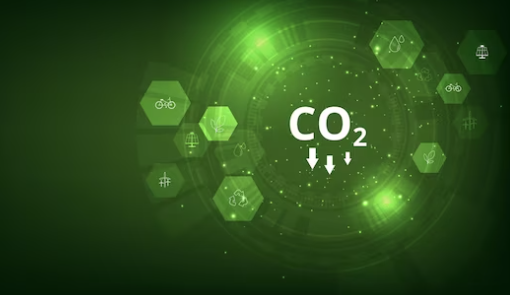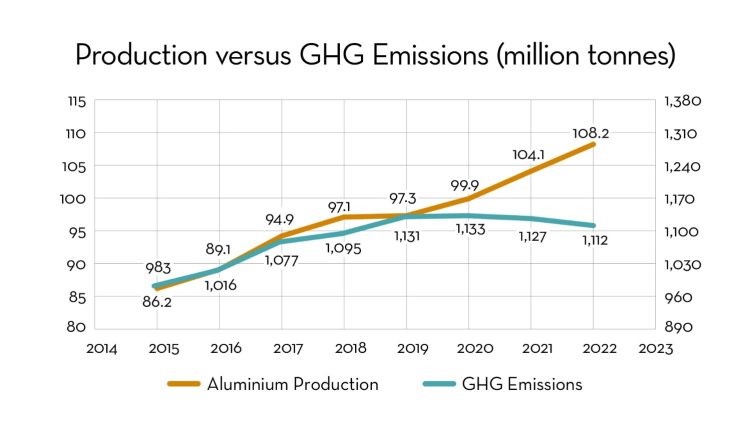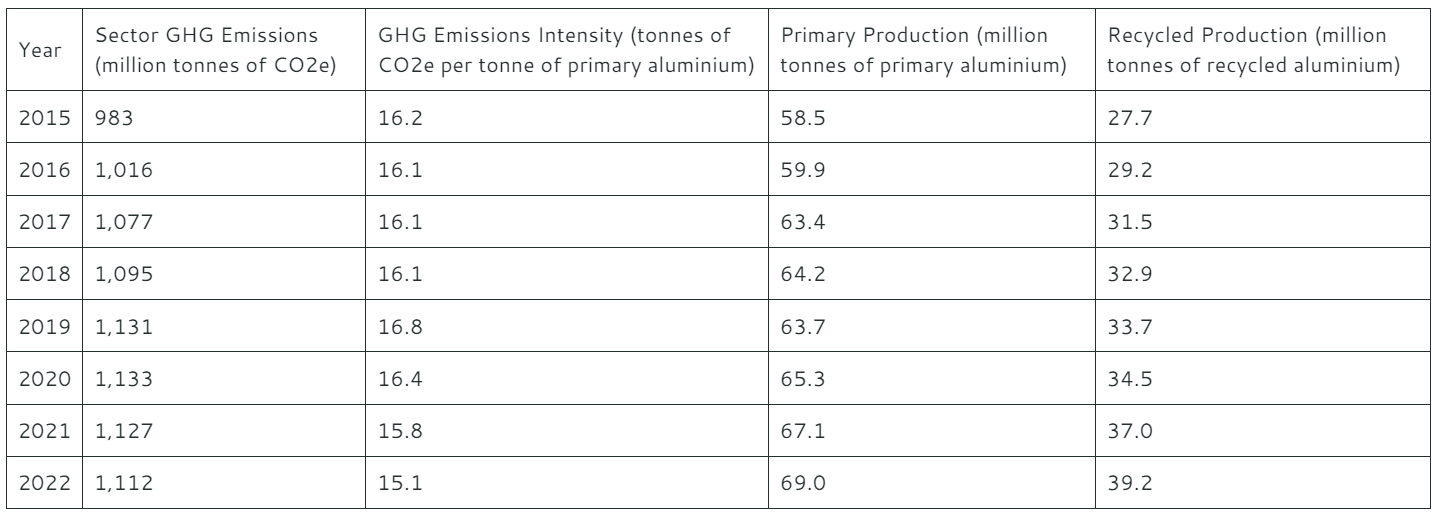

Greenhouse gas, a significant source of concern within the realm of environmental science and mitigating its impact on the planet, is a crucial challenge for the future well-being of Earth and all its inhabitants. As per the International Aluminium Institute's (IAI) recent data, for the first time, the collective greenhouse gas emissions stemming from the worldwide aluminium sector remained static despite an expansion in aluminium production.

Reduction in GHG & CO2e emission
As per the IAI data, despite a 3.9 per cent increase in global aluminium production from 104.1 million tonnes to 108.2 million tonnes, total greenhouse gas emissions (GHG) from the sector have remained stable. There was a slight decrease from 1.13 billion tonnes CO2e to 1.11 billion tonnes CO2e in 2022.
IAI Secretary General Miles Prosser said, "Our challenge is to reduce emissions while growing production. Aluminium demand is expected to grow significantly over the decades ahead because of its role in decarbonisation economy-wide. This will tend to drive increased emissions. But at the same time, the industry is reducing the average emissions intensity of each tonne of production."

Source: IAI
Moreover, the intensity of greenhouse gas emissions from primary aluminium production indicates the average emissions produced per tonne of primary aluminium have decreased since 2019. In 2022, this intensity declined by 4.4 per cent from 15.8 tonnes CO2e per tonne to 15.1 tonnes CO2e. This marks a positive step forward in the industry's efforts towards sustainability and reduced environmental impact.
Aluminium – a pivotal catalyst
Aluminium is a pivotal catalyst in slashing emissions across diverse sectors, including automotive, transportation, building & construction, and food & drink packaging. This transformative potential is harnessed through the combined primary and recycled aluminium forces.
"The 2022 data shows the effectiveness of work by the aluminium industry to reduce the emissions intensity of production. While much remains to be done, 2022 was the first year these intensity reductions offset production growth. The transformation needed in the industry to meet global climate targets is much bigger than the early changes we are witnessing. Emissions reductions must be deeper, faster and more widespread, but we can talk about heading in the right direction for the first time. If we continue to see investment and implementation of low-carbon energy sources and GHG reduction technologies, 2021 could be the year that GHG emissions from the aluminium industry peaked," added Miles Prosser.
In a bold stride forward, primary aluminium production surged from 67.1 million tonnes in 2021 to a robust 69.0 million tonnes in 2022. This growth underscores the industry's unwavering commitment to meeting these sectors' evolving needs while concurrently championing the cause of emission reduction.
The last instance when greenhouse gas (GHG) emissions from the aluminium industry did not increase was in 2009, during the global financial crisis. However, that period of stabilisation was accompanied by a decline in production.
The current trend towards emission stabilisation
The current trend towards emission stabilisation is a direct result of substantial investments made by the industry in research, development, and the adoption of new technologies and innovative practices. The International Aluminium Institute (IAI) has identified over 50 projects worldwide within the industry that are actively contributing to this positive trend. These projects are spread across significant production regions and encompass various technology pathways essential for emission reduction.
Recent annual trends

Source: IAI
A notable factor in this trend is the transformation of electricity sources used in aluminium smelting, which accounts for the most significant portion of the industry's GHG emissions. China, the world's largest aluminium producer, has been shifting towards increased hydropower usage. Similarly, regions like the Middle East and Australia are ramping up their adoption of renewable electricity sources. These changes have played a pivotal role in the observed decoupling of aluminium production and GHG emissions.
Additionally, investments are being made in other critical technologies to reduce emissions. This includes initiatives such as fuel switching in alumina refining processes, the promotion of higher aluminium recycling rates, and efficiency improvements across the industry.



Responses






